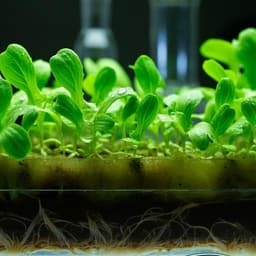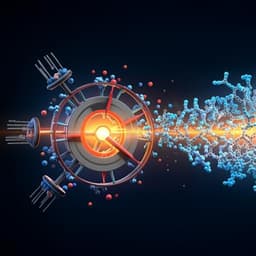
Engineering and Technology
Molecular dynamics simulation of graphene sinking during chemical vapor deposition growth on semi-molten Cu substrate
Z. Xu, G. Zhao, et al.
This exciting study by Ziwei Xu, Guanghui Zhao, Lu Qiu, Xiuyun Zhang, Guanjun Qiao, and Feng Ding unveils the intricate mechanisms behind graphene growth on semi-molten copper substrates through molecular dynamics simulations. Discover how the size of graphene islands influences their behavior, leading to the remarkable unidirectional alignment and seamless stitching that results in large single-crystal graphene. A must-listen for those interested in the future of nanomaterials!
Playback language: English
Related Publications
Explore these studies to deepen your understanding of the subject.







